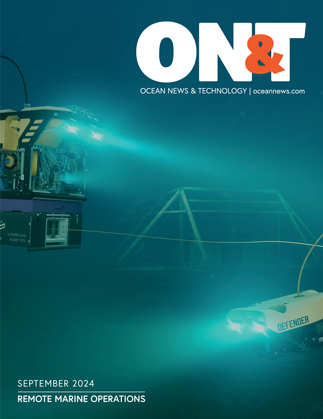The 2014 area of low oxygen, commonly known as the ‘Dead Zone,’ measured 13,080 square kilometers (= 5,052 square miles) as of Aug 1, 2014 at the end of the 30th such cruise. Based on the May nitrogen load from the Mississippi River, the area was predicted by Gene Turner, Louisiana State University, to be 14,785 square kilometers (5,708 square miles). The size is proportional to the loading of nitrogen in the Mississippi River (in May), and the 2014 size fits well into the model prediction range.
The July distribution of hypoxic waters is most often a single continuous zone along the Louisiana and adjacent Texas shelf, but this year was located in two separate areas. The largest area was off central to southeastern Louisiana between the deltas of the Mississippi and Atchafalaya rivers, and the smaller was off southwestern Louisiana.
The average size for the last five years is 14,352 square kilometers (= 5,543 square miles) and is three times larger than the environmental target (5,000 square kilometers; 1,991 square miles) approved by a federal/state task force in 2001 and maintained by the same task force in 2008.
These areas are sometimes called ‘Dead Zones’ because of the absence of commercial quantities of shrimp and fish in the bottom layer. The number of Dead Zones throughout the world has been increasing in the last several decades and currently totals over 550. The Dead Zone off the Louisiana coast is the second largest human-caused coastal hypoxic area in the global ocean and stretches from the mouth of the Mississippi River into Texas waters and less often, but increasingly more frequent, east of the Mississippi River.
There is a series of coupled cause-and-effect relationships linking the amount of water emptying into the Gulf of Mexico and water quality in the Mississippi River to hypoxia. The fresher, warmer water in the upper layer is separated from the saltier, colder water in the lower layer, resulting in a barrier to the normal diffusion of oxygen from the surface to the bottom. The excess nutrients delivered by the river stimulate high phytoplankton biomass offshore, which fuels the coastal food web but also contributes to high carbon loading to the bottom layer. The decomposition of this carbon by bacteria leads to the low oxygen that is not resupplied from the surface waters.
The amount of nutrient loading from the river increased considerably in the 1960s as a result of more intense agricultural activity in the watershed. The primary driver of the increased nutrient loading is agricultural land use, which is strongly influenced by farm policy. The nitrogen load has stabilized somewhat in the last two decades, but is still increasing. Additionally, the nitrate portion of the total nitrogen load is increasing. This is important, because the nitrate-N concentration and load is proportional to the phytoplankton produced and the subsequent bottom-water hypoxia. Reducing the size of the hypoxia area requires, therefore, changes in land use. Pilot projects and recent development have demonstrated that this can be done for crops with benefits for farm communities, soil health, erosion reduction, and without compromising yields or profit.
The long-term pattern in the hypoxic zone size shows that there is a greater sensitivity to nutrient loading that is carried over from one year to the next. These ‘legacy’ effects can be explained as the result of incremental changes in organic matter accumulated in the sediments one year, and metabolized in later years, by changes in the nitrogen form, or long-term climate change.
For more information on 2014 conditions, visit www.gulfhypoxia.net.
